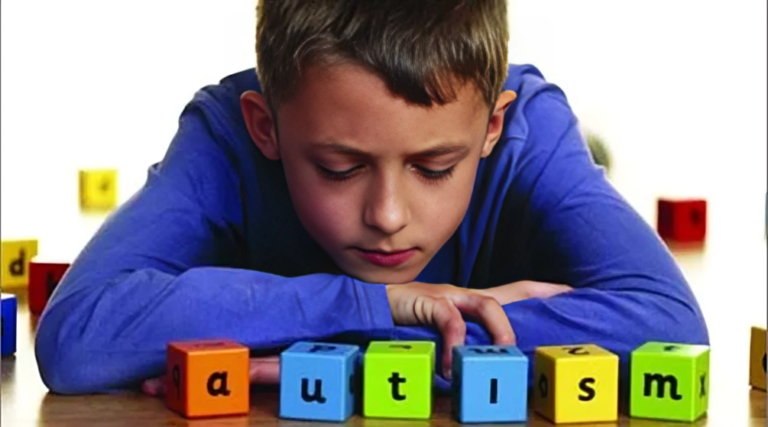Empowering Progress: Navigating the Landscape of Autism Therapy.
Autism Spectrum Disorder (ASD) is a neurodevelopmental condition that manifests in diverse ways, affecting communication, social interaction, and behavior. Autism therapy plays a crucial role in supporting individuals on the spectrum, offering tailored interventions to enhance their skills and overall quality of life. In this article, we explore the various therapeutic approaches, their significance, and the evolving landscape of autism therapy.
Understanding Autism Spectrum Disorder
Autism is a spectrum, encompassing a wide range of abilities and challenges. Individuals with ASD may exhibit unique strengths and difficulties, requiring personalized approaches to therapy. The core areas affected by autism include social communication, repetitive behaviors, and restricted interests. Early diagnosis and intervention are pivotal in maximizing the effectiveness of therapy and promoting positive outcomes.
Common Therapeutic Approaches
- Applied Behavior Analysis (ABA):
- ABA is a structured, evidence-based therapy that focuses on reinforcing positive behaviors and reducing negative behaviors. It involves breaking down complex skills into smaller tasks and providing positive reinforcement.
- Speech-Language Therapy:
- Many individuals with ASD experience challenges in communication. Speech-language therapy addresses language development, social communication, and articulation skills, promoting effective communication.
- Occupational Therapy:
- Occupational therapy aims to enhance daily living skills, fine and gross motor skills, sensory processing, and self-regulation. This therapy focuses on fostering independence and participation in everyday activities.
- Social Skills Training:
- Social skills training helps individuals with ASD navigate social interactions, understand social cues, and develop meaningful relationships. This can include group sessions, role-playing, and targeted interventions to enhance social competence.
- Sensory Integration Therapy:
- Sensory challenges are common in individuals with ASD. Sensory integration therapy focuses on addressing sensory processing issues, helping individuals better regulate their responses to sensory stimuli.
- Developmental Therapies:
- Early intervention programs and developmental therapies aim to support overall cognitive and adaptive skill development. These interventions often begin in early childhood to capitalize on neuroplasticity and promote positive outcomes.
The Significance of Early Intervention
Early intervention is a cornerstone of effective autism therapy. The developing brain is more malleable during the early years, allowing for targeted interventions to have a significant impact. Early diagnosis enables families and healthcare professionals to initiate appropriate therapies tailored to the individual’s needs, potentially mitigating the long-term effects of ASD.
Parental Involvement and Support
Parents play a pivotal role in the success of autism therapy. Collaborative partnerships between therapists and parents create a supportive environment for the child’s development. Parental involvement not only reinforces therapy goals at home but also facilitates a better understanding of the child’s unique needs and strengths.
Technology and Autism Therapy
In recent years, technology has played a transformative role in autism therapy. Various apps and digital tools have been developed to supplement traditional interventions. These resources can enhance communication skills, provide visual support, and offer interactive learning experiences tailored to the individual’s abilities and preferences.
Challenges and Future Directions:
While significant progress has been made in the field of autism therapy, challenges persist. Access to quality therapy services, affordability, and individualized treatment plans are areas that require ongoing attention. Research continues to explore innovative approaches, including the use of virtual reality, artificial intelligence, and personalized medicine, to further enhance the effectiveness of autism therapy.
Conclusion:
Autism therapy is a dynamic and evolving field that strives to empower individuals on the spectrum to reach their full potential. By recognizing the unique strengths and challenges of each individual and embracing a holistic, individualized approach, therapists, families, and communities can contribute to the well-being and success of individuals with ASD. As we navigate the landscape of autism therapy, ongoing research, increased awareness, and a commitment to inclusivity pave the way for a brighter and more inclusive future for those on the autism spectrum.








